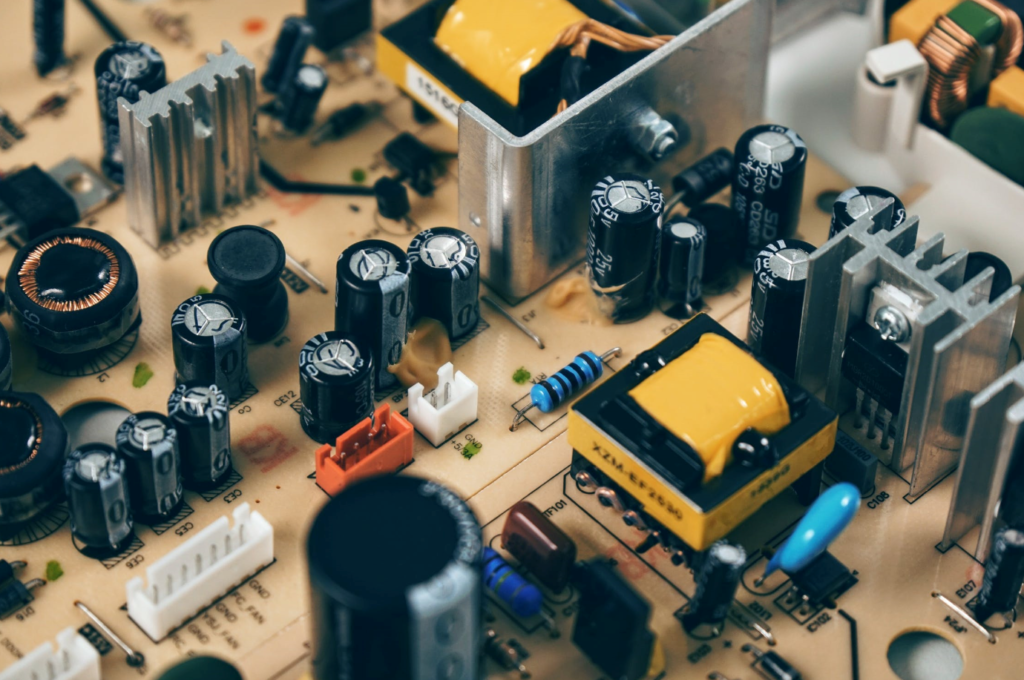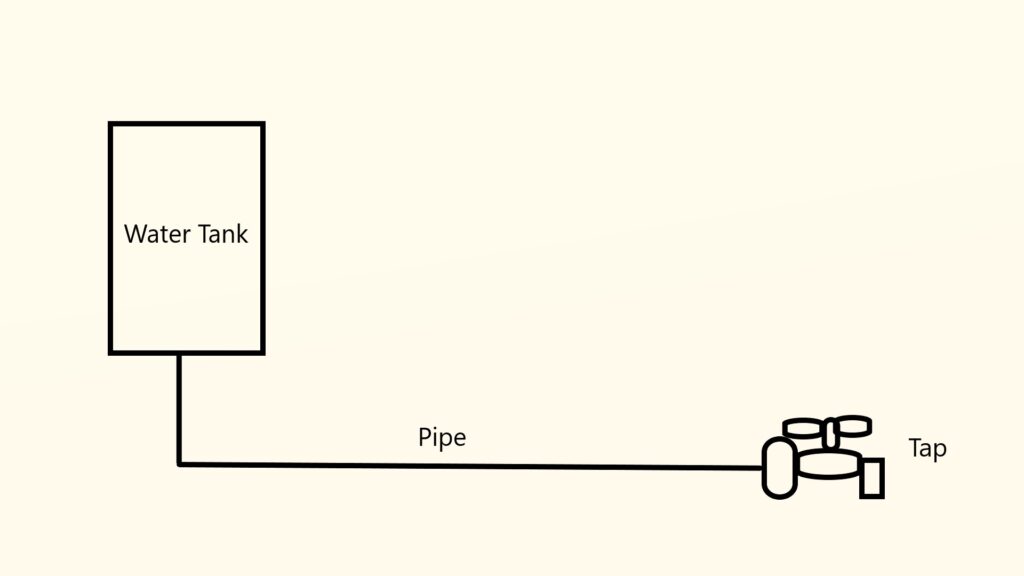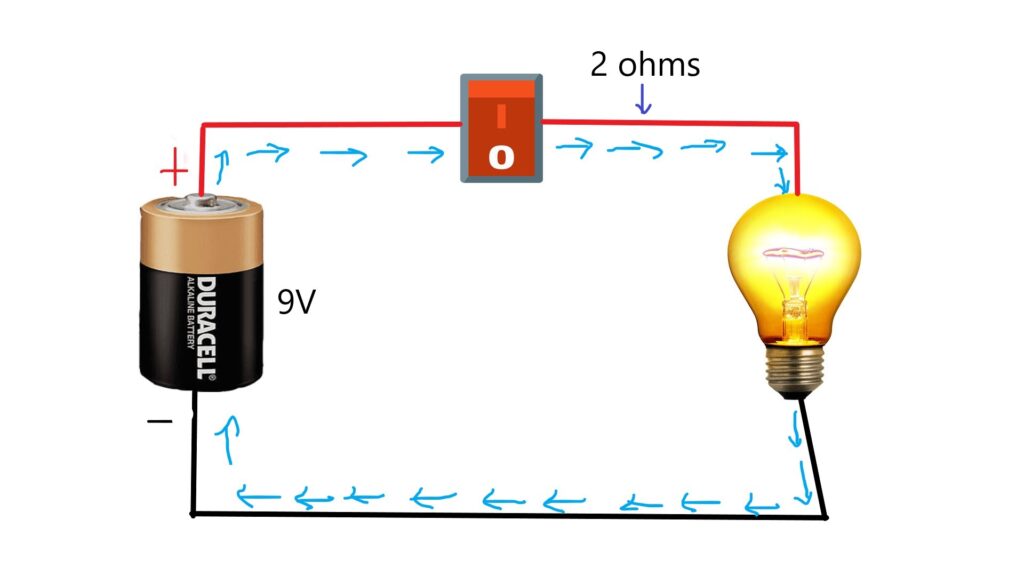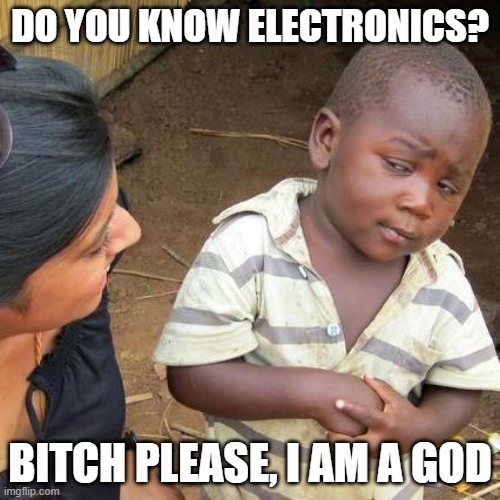Welcome to Electronics 101, where we will teach the most basics of electronics and electrical systems. We have been discussing stuffs from Computer Science, Programming to Hacking, and all. But we never really got into Electronics and other things like Robotics etc. which I really into a lot but those topics required specific articles and information, which can and can not be new to a lot of students out there. But now I am, Dolores Haze is going in-depth of these in detail and Yes from the scratch.

Electronics 101 is a quick and small introduction to mostly used topics in Electronics and Electrical world. By which you can figure out most of the RC models, microcontroller works are based on this stuff. So let’s dive into it.
Today we are going to look at Four most used terms or quantities used in electrical systems, which are Voltage, Current, Resistance, and Power.
Voltage
Voltage or Electric Potential is the work needed per unit charge to move a charge from one point to another. Well, that was the definition. In other words, Voltage is the amount of power or what a battery has, like 9 V, 12 V. It is measured in Volts. It is not necessarily the power but we can. for now, think it as a unit of the power source by which energy is to be drawn.
Current
Electric Current is the rate of flow of charge from one point to another. Yes, that’s it. Current is nothing, but the flow by which charge or energy comes out of the source. It is measured in amps.
Resistance
Resistance is a measure of the opposition of current in an electrical circuit. Resistance does, what its name says, to “resist”. It is measured in Ohms.
Power
Power is the Work done per unit time or Energy transferred per unit Time is Power. It is measured in Watts.
Now we have seen all the Four major components of the Electrical System. Now let’s have a look at the following circuit diagram.

In the above diagram, we have a battery that has suppose 12 V power in it. As we turn the switch ON, the current flows through the circuit which is represented by blue and turns the Light Bulb On. There is some resistance in the wire also, which avoids the flow of current and release it as heat. And the power then we calculated as the energy per unit time.
To understand it better, Let’s have an analogy: Suppose the battery is now in a form of a water tank, which holds a lot of water like a battery, holds a lot of power in terms of volts and a pipe to the outlet of water is used to retrieve water from it using a tap. Here’s our supposed representation look like.

Here as soon as we open the tap, the water keeps flowing through the water tank in order to get out. It is the same as when we turn the switch ON. The flow of water here is like the current in the circuit and the length and diameter of pipework as a resistance. More the diameter of the pipe, water can flow more easily. That’s how you can remember how it works, here the Water tank is the Battery which holds the water that means power or volts, the flow of water through the pipe is current and the diameter of pipe works as a resistance to the flow of water, like the resistance in an electrical circuit.

Ohms Law
Ohms Law states that, At constant temperature, the current flowing through the conductor is directly proportional to the voltage across the ends of the conductor.
In other words, according to Ohm’s Law, if we increase the value of current, the value of voltage will also increase and vice versa. That gives us the constant R which is resistance to it. After this, The equation we get is:
V = IR
Where V is the voltage in volts, I is the current in amps and Resistance is the resistance in ohms.
With this equation, we can find Voltage, Resistance, and Current of any circuit if we have any two of the components value. For Ex:,

Here let’s assume the battery is of 9 V and the resistance of a wire is 2 ohms. Then what will be the current I here:
By using Ohm’s law:
V = 9 v
R = 2 ohms
I = V/R = 9/2 = 4.5 amps
So we can find, the resistance and voltage also for different values. But what about Power? To calculate Power, there is a simple formula:
P =VI
If you know the voltage and the current of a circuit you can simply calculate the power of the system by using this formula.
For the above system, the Power will be:
P = VI
P = 9*4.5 = 40.5 watts
For the above circuit, The power will be 40.5 watts.

That’s all for today’s Electronics 101 Class. Hope you have enjoyed it. Today we have learned about the basics of an electronics and electrical system along with Voltage, Current, Resistance, and Power. We also see Ohm’s law and how to calculate the volts, amps, ohms, and watts of the circuit using a simple formula. If you want to learn about anything else, have a look HERE. This is Dolores Haze, Signing off, I will meet you in the next one, Bye.

